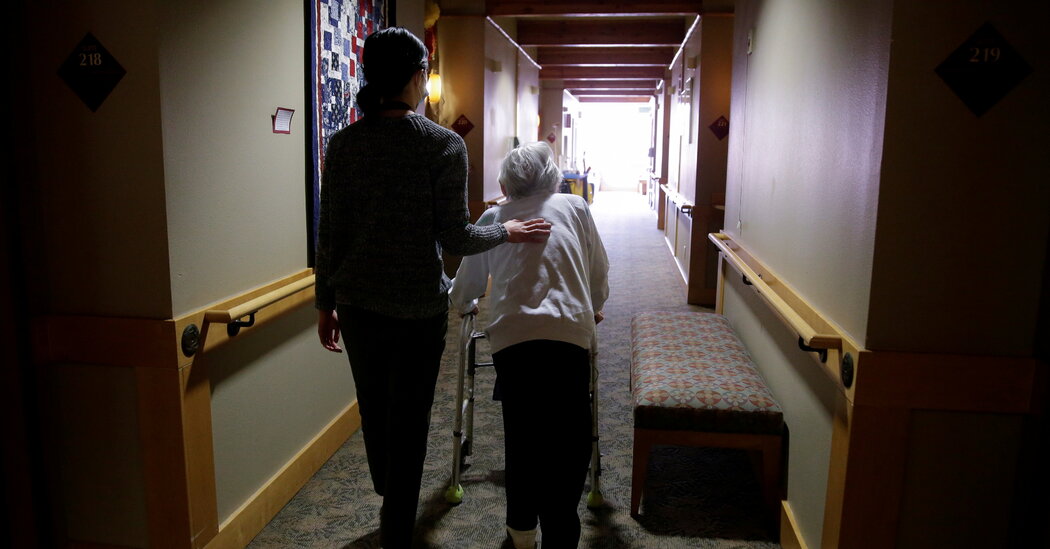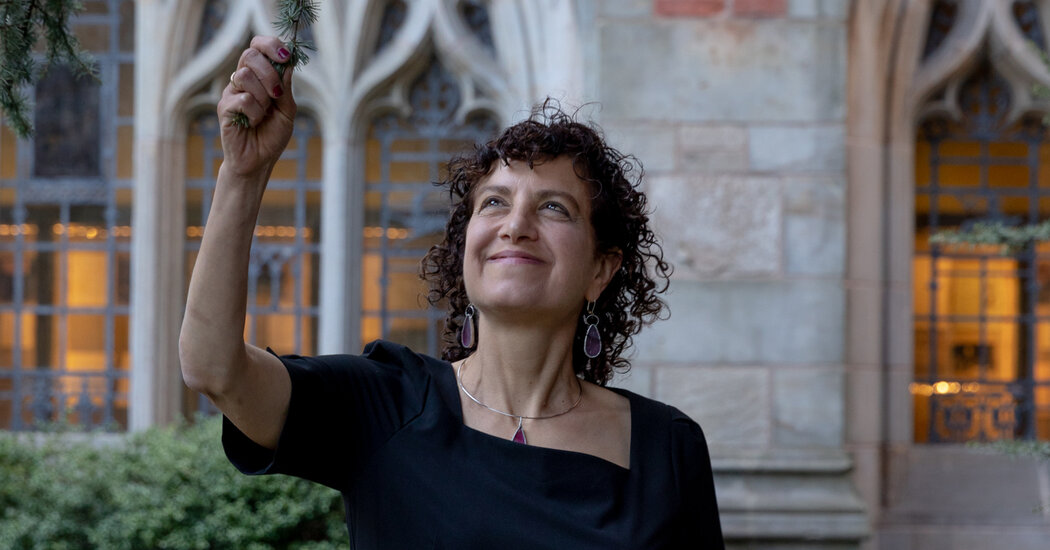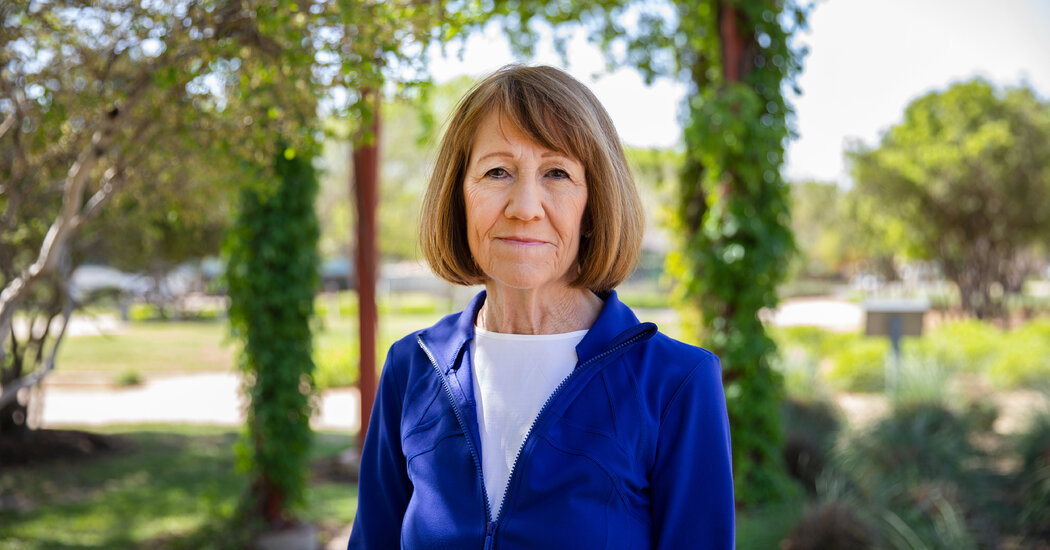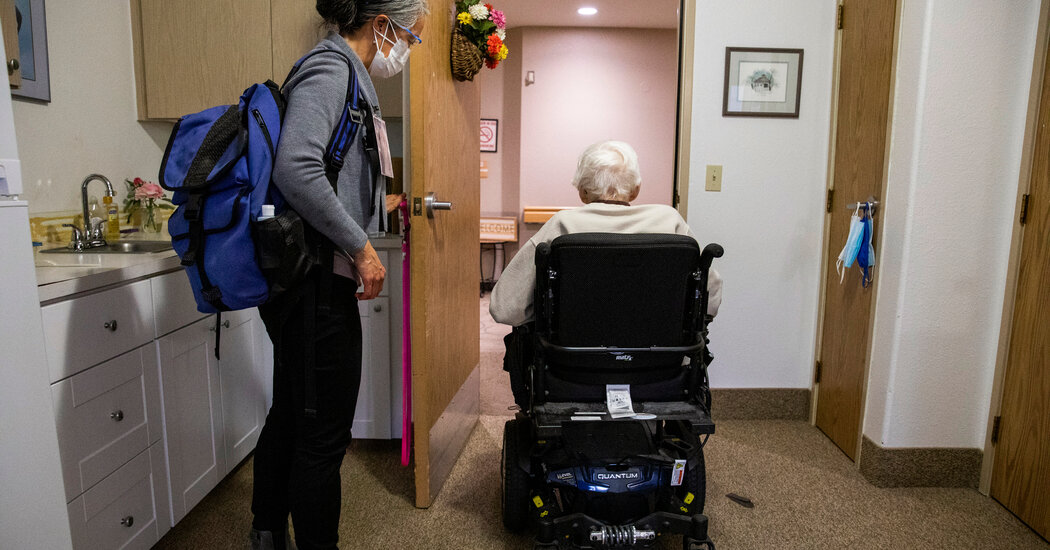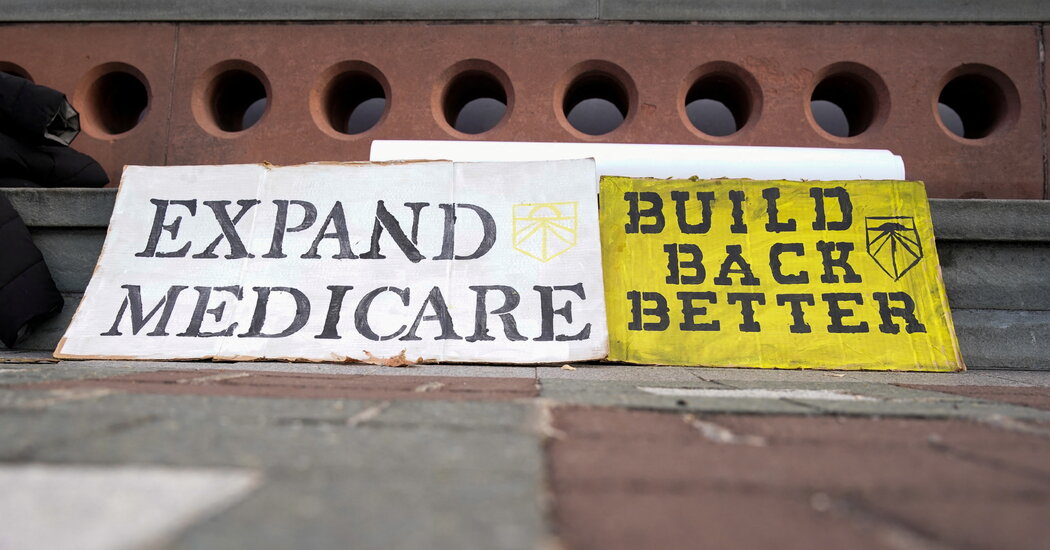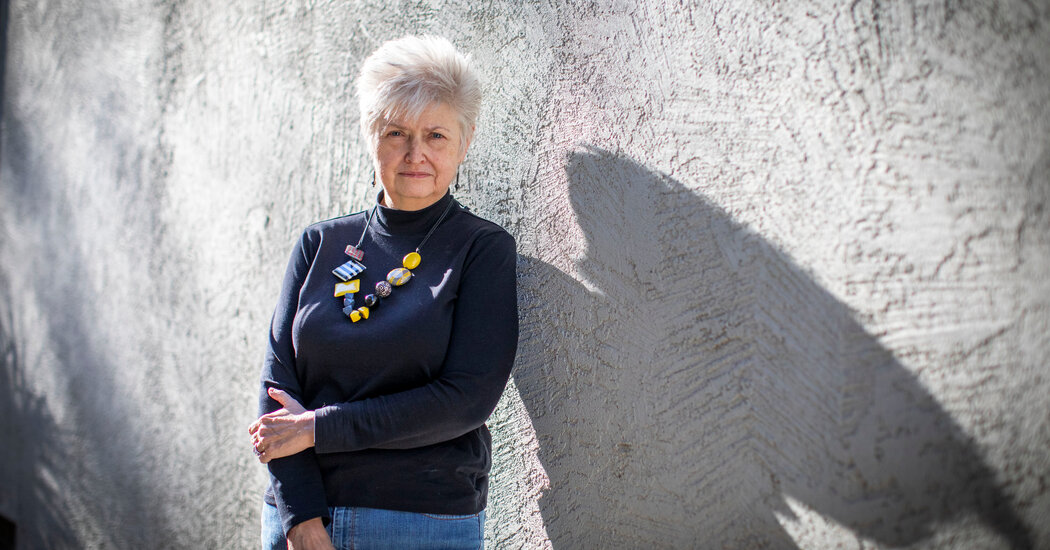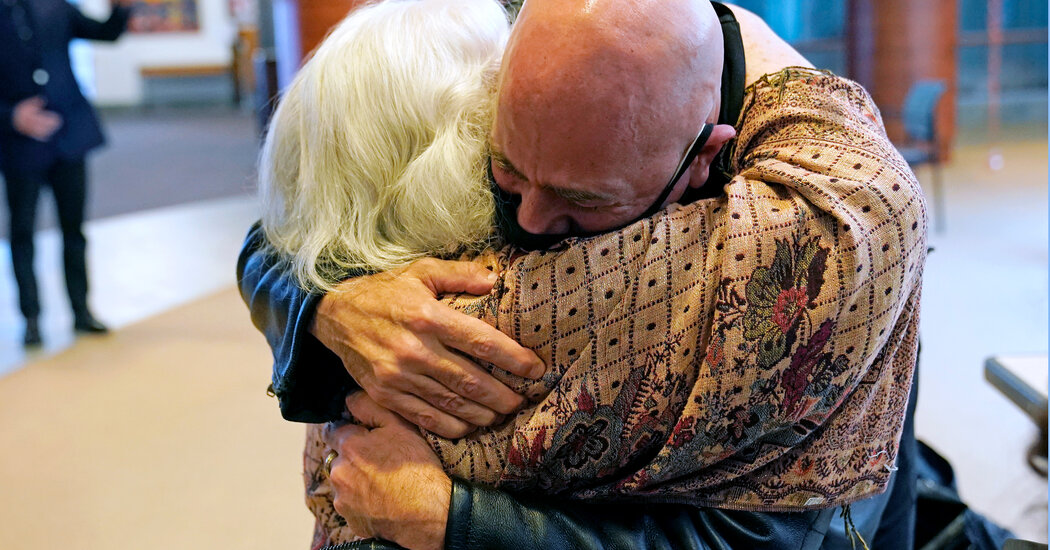Sizing Up the Decisions of Older Adults
A new training tool helps to assess whether some seniors can make informed choices about their own care and well-being.During a recent Zoom conference call, four Adult Protective Services workers from California, using a tool called the Interview for Decisional Abilities, or IDA, were trying to figure out whether something fishy was going on with an 82-year-old woman they knew as Ms. K.Adult Protective Services agencies in every state receive reports of possible neglect, self-neglect, abuse or exploitation of older people and other vulnerable adults. But agency workers consistently face a bedeviling question: Does the adult in question have the capacity to make a decision about their medical care, living conditions or finances — even if it’s not the decision that the family, doctor or financial adviser thinks should be made?IDA was developed by two geriatricians to help train Adult Protective Services workers in how to handle that issue. The program helps them learn to use a structured interview procedure to gather information about a client’s decision-making ability. The two dozen California staff members taking the course had already completed 10 hours of individual online instruction; now they were practicing their new interviewing skills in small groups, role-playing with facilitators.Ms. K, a fictional character, was being played by Bess White, a special projects administrator at Weill Cornell Medicine. In the scenario, a bank manager had reported certain suspicions: Ms. K had $60,000 in a savings account but her withdrawals had increased sharply, from $600 a month to $600 a week. A younger man — her nephew, she said — had begun accompanying her to the bank, where a teller thought the man had seemed controlling and intimidating. An investigator who visited Ms. K at home learned that her only credit card had expired and that she had little cash.But Ms. K denied being financially exploited; her nephew lived with her, she said, and helped with chores and rides to doctor’s appointments. He used the bank withdrawals to buy their groceries.In the exercise, one of the A.P.S. trainees had ascertained that Ms. K grasped the basic concept of financial exploitation. Ms. K had heard about scams from the news, she said. And yes, she understood that a friend or relative might similarly take advantage.So the interviewer continued: “What do you think could happen if someone took another person’s money without their permission?”Ms. White, in the role of Ms. K, replied: “I guess the person could take it and take it until there’s nothing left.” But when the interviewer probed further to see if Ms. K understood that she herself might be facing this risk, she balked. She relied on her nephew, Ms. K said; she didn’t want to upset him.IDA was developed by Dr. Mark Lachs, co-chief of geriatrics and palliative medicine at Weill Cornell Medicine, and his colleagues, and by Dr. Jason Karlawish, a geriatrician and co-director of the Penn Memory Center. “People have the right to make bad decisions,” Dr. Lachs said in an interview. But, he added, the decision makers must be able to understand the risks they face and the potential consequences.Dr. Jason Karlawish, left, and Dr. Mark Lachs, who helped develop the Interview for Decisional Abilities program, in a training video.Weill Cornell Medicine“How can you walk into a brokerage office at 90 years old and say, ‘I’ve had Treasury bills for 50 years but now I want to put my last $200,000 in Bitcoin’ — and nobody raises an eyebrow?” Dr. Lachs said. “We’re going to look back at this and say, ‘What were we thinking?’”Along with applying IDA to cases of financial neglect or abuse, the California A.P.S. workers were using it to assess a range of issues including self-neglect, health and safety questions, refusal of physical care or medical treatment, and physical or psychological or sexual abuse.“It’s not meant to replace a psychiatrist, but it tells you when to contact a psychiatrist,” Dr. Lachs said. Clients whose IDA interviews reveal an inability to grasp risks or consequences should receive a full professional assessment, he added.To date, about 500 A.P.S. workers — in New York City, Massachusetts and two California regions — have taken the course and received certification. Kansas A.P.S. workers will undergo training this summer.But Drs. Lachs and Karlawish think IDA could have broader uses. Trust and estate lawyers and financial firms are already asking them about it.Hospital discharge planners might use IDA to assess whether a patient has the capacity to insist on going home instead of to rehab. A chain of assisted-living facilities contacted Dr. Lachs, wondering if IDA could help ensure that new residents understood the complicated contracts they were signing.The IDA interview attempts to answer three fundamental questions about a particular problem or risk, Dr. Karlawish said: “Do you recognize that this happens? Do you think that this could be happening to you? Can you come up with a plan to address it, reasoning through and weighing the upsides and downsides?”Depending on a problem’s complexity, people with diagnosed cognitive impairment or even dementia may still possess sufficient understanding to handle it.Someone who demonstrates that three-part understanding during the IDA interview probably has the ability to make a decision — including a decision not to address the problem. Someone without that understanding needs a more comprehensive evaluation, perhaps including consultation with family members or social service agencies. In extreme cases, it might lead to eventual guardianship or conservatorship.Trouble handling finances often serves as an early warning of incapacity, said Dr. Daniel Marson, a neuropsychologist at the University of Alabama at Birmingham who has studied the subject for 25 years.“Financial capacity is probably the first higher-order functional ability affected by neurodegenerative disorders and by normal aging,” he said. Using money proficiently requires complex thought, from “something basic like using an A.T.M. to things that are more complicated, like ‘How should I handle this call from a telemarketer?’” The consequences of diminishing financial capacity — unsafe living conditions, impoverishment, homelessness, institutionalization — can be devastating.Although the incidence of dementia has been declining in the United States and Europe, the aging of these populations means that more individuals will develop it.Moreover, in a six-year study, Dr. Marson and colleagues found that older adults who were given a diagnosis of mild cognitive impairment — often a precursor condition to dementia — also struggled increasingly. “There were diminished financial skills over time,” he said.Other institutions have attempted to tackle the issue of diminishing decisional ability. The American Bar Association last year updated its “Assessment of Older Adults with Diminished Capacities: A Handbook for Lawyers.” The Bar Association and the American Psychological Association have also published handbooks for judges and psychologists.The Financial Industry Regulatory Authority, or FINRA, has posted online courses on financial exploitation of older adults and other vulnerable investors. Its rules allow a member firm to put a temporary hold on transactions and disbursements when it believes exploitation is involved. It also allows member firms to ask investors for a “trusted contact person” to consult in the event of suspected exploitation.The IDA program is focusing on A.P.S. workers for now because “the typical agency is understaffed, underresourced and struggling,” Dr. Karlawish said. California A.P.S. agencies handle about 30,000 cases involving seniors each month, according to state data, and “are being asked to make decisions about capacity that a chair of a psychiatry department might have difficulty with,” Dr. Lachs saidThe California staff on the Zoom training session, gently asking Ms. White — as Ms. K — how she might respond to the bank manager’s suspicions, eventually concluded that she did not need a professional work-up. It appeared that she understood her options.Giving her nephew access to her savings account might not have been the wisest move. But the decision was hers to make.
Read more →
